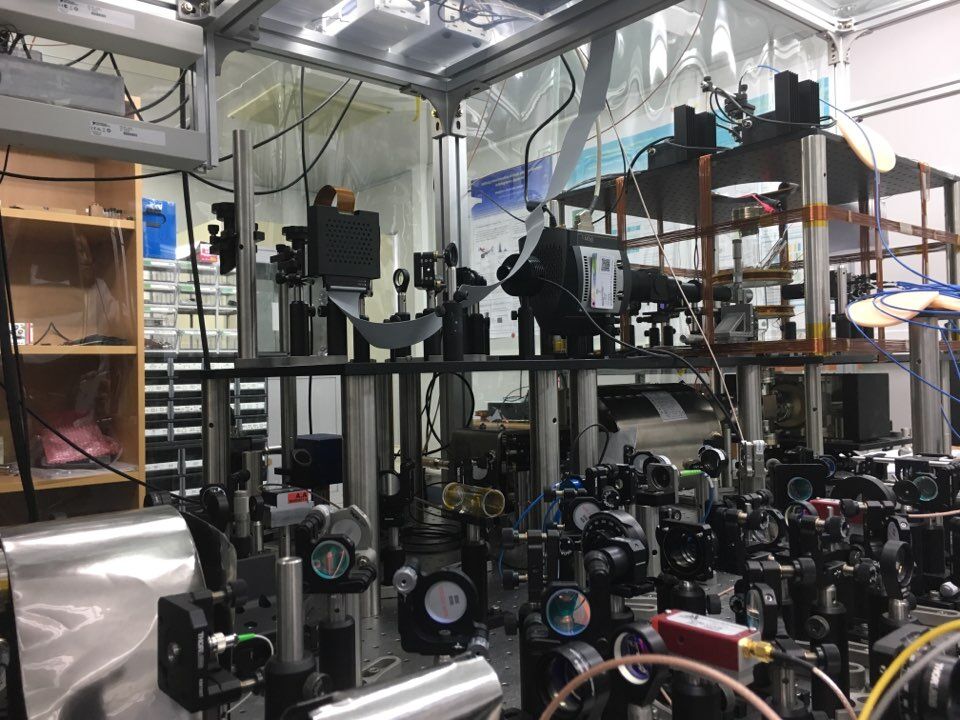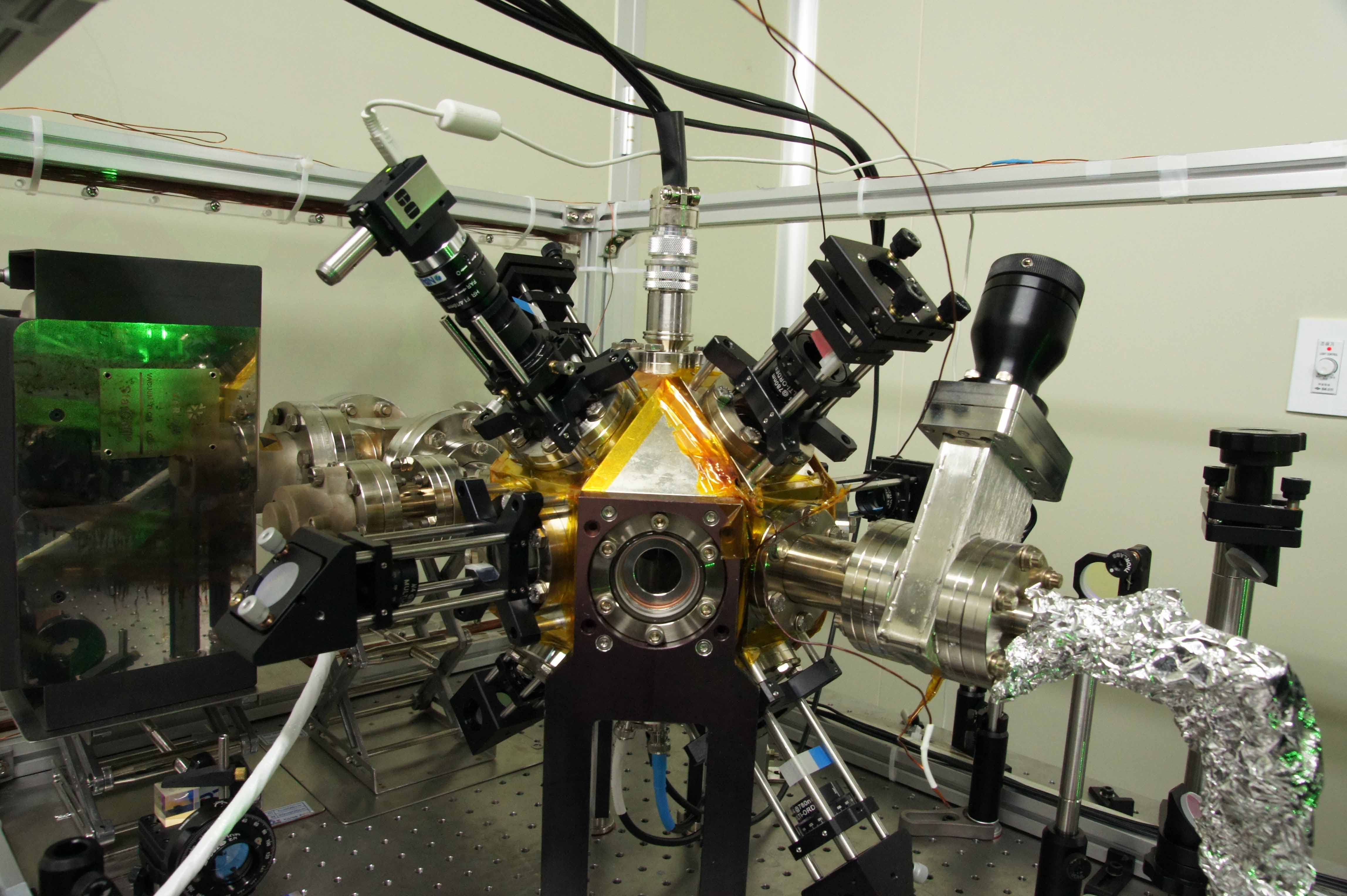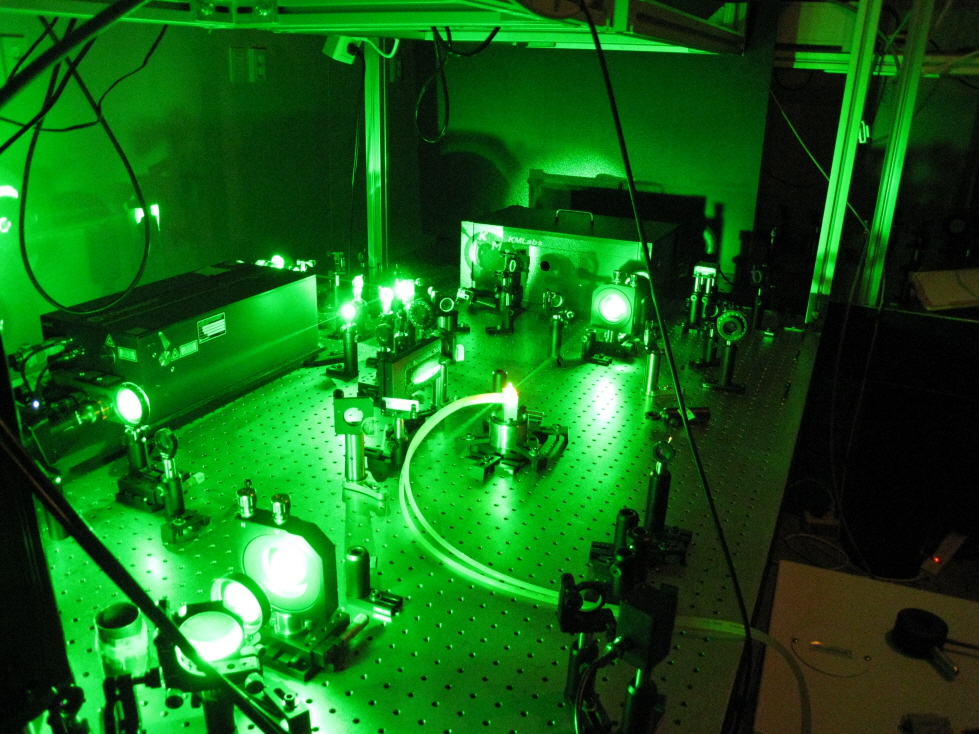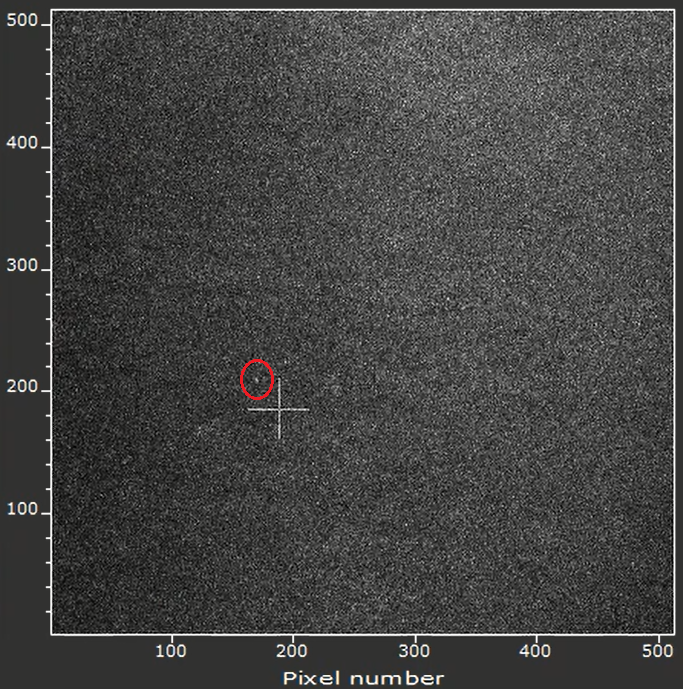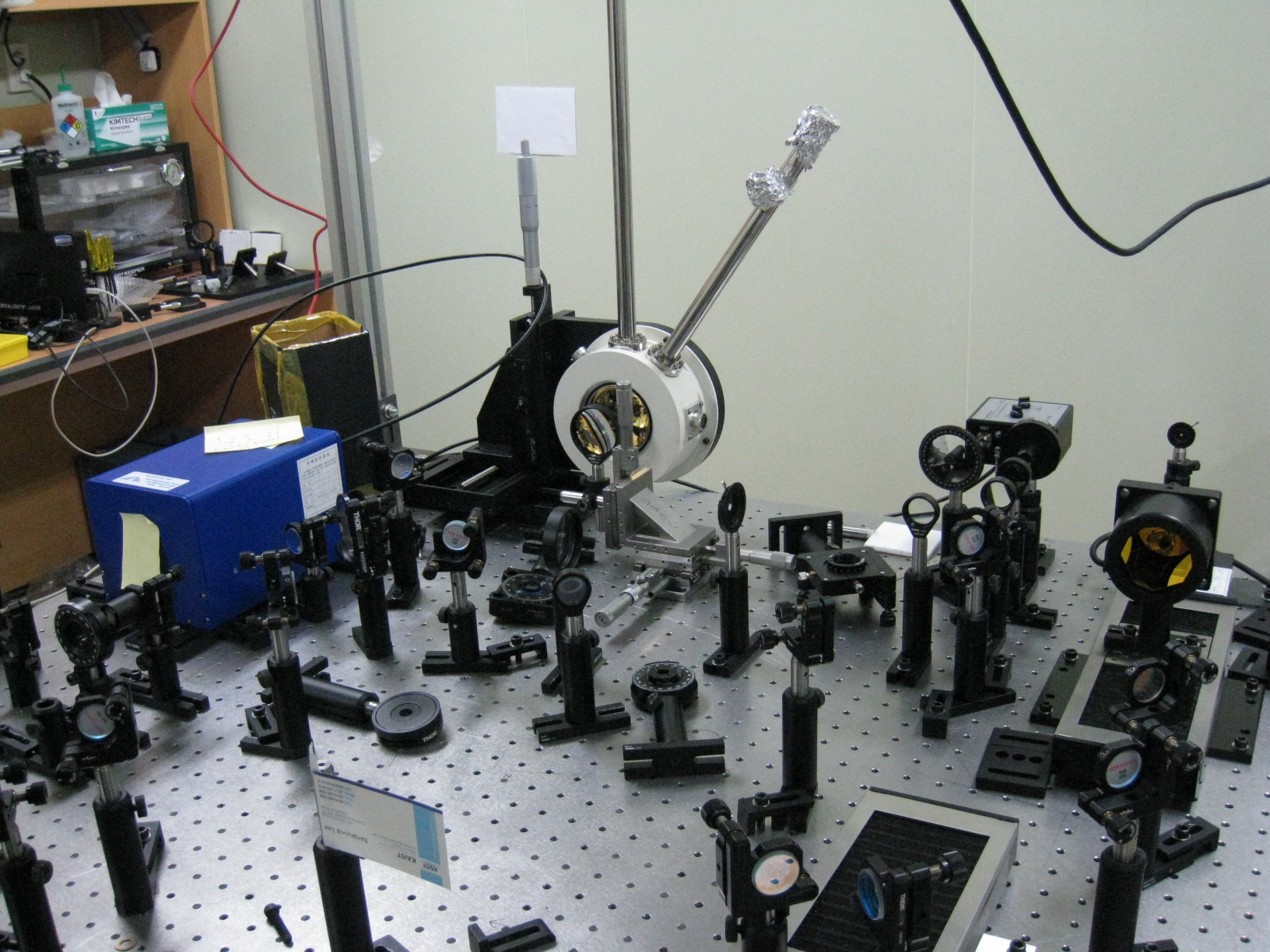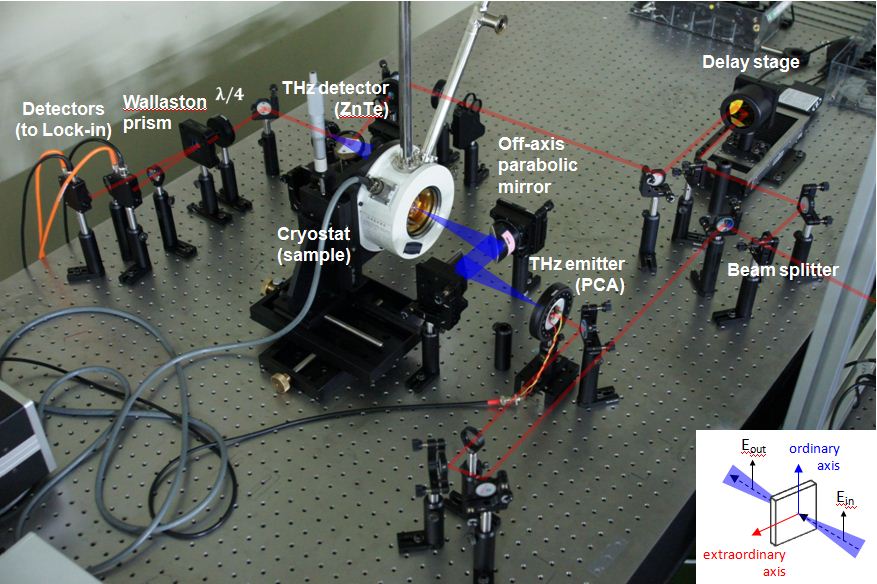Difference between revisions of "Research"
m |
|||
| Line 1: | Line 1: | ||
=== [[Introduntion in Korean|For introduction in Korean, please click here]] === | === [[Introduntion in Korean|For introduction in Korean, please click here]] === | ||
| − | |||
| − | |||
| − | |||
| − | |||
| − | |||
| − | |||
| − | |||
| − | |||
| − | |||
| − | |||
| − | |||
| − | |||
| − | |||
| − | |||
| − | |||
| − | |||
| − | |||
| − | |||
| − | |||
| − | |||
| − | |||
| − | |||
| − | |||
| − | |||
| − | |||
| − | |||
| − | |||
| − | |||
| − | |||
| − | |||
| − | |||
| − | |||
| − | |||
| − | |||
| − | |||
== '''ALICE : Rydberg-atom quantum computation''' == | == '''ALICE : Rydberg-atom quantum computation''' == | ||
Latest revision as of 07:14, 27 July 2022
For introduction in Korean, please click here
ALICE : Rydberg-atom quantum computation
Quantum computing has developed, during the last two decades, from a visionary idea to one of the most fascinating areas of modern physics. Being considered as one of the most impactful future technologies, quantum computing is being studied by scientists around the world. Numerous unheard-of technical problems that are involved with the quantum nature of many entangled particles are being challenged. Our research has been focused on Rydberg-atom quantum computation: Rydberg atoms, having a high principal quantum number, are huge in size (typically a few micrometers), a few thousand times bigger than the "usual" atoms in the near-ground state; hence, these atoms can be strongly coupled to each other (entangled), even when they are a few micrometers apart (being optically observable and thus controllable). Our ALICE chamber traps up to N=40 single atoms (rubidium) using so-called tweezer traps (2N number of optical tweezers are rearranged to make a zero-entropy array of N single atoms, using our patented method). These atoms are then excited to a Rydberg energy state in the Rydberg-dipole blockade regime, to make an entangled N particle system. We investigate how to actively control this massively-entangled quantum system to perform quantum computation (more precisely quantum simulation in our current stage). Thanks to the advantage of addressability and scaling (up to a few hundreds), our Rydberg-atom approach is being considered as a potential (hopefully) game changer in quantum computation, in spite of the present drawbacks, such as low two-qubit gate fidelity and system instability, etc.
 N=30 Rydberg atom chain for quantum simulation. The atom chain was made by reconfiguration of optical micro-traps, which was introduced in our recent publication |
BOB : Ultrafast quantum control
Recent advances in ultrafast laser and optical pulse shaping techniques have brought the use of shaped pulses of optical frequency for the manipulation of quantum systems. This field, known as quantum control, though being started as a theoretical exercise, has rapidly become an experimental reality in a vast variety of materials extending from atoms and molecules to condensed matter and biological materials. Using cold atoms in a magneto-optical trap (the 'Bob') and high-power ultrafast laser equipped with pulse shaping apparatus, we explore novel control schemes for atomic qubits in ultrafast timescale. Up to now, we devised X- and Z-rotation fine-structure state operations, clock-state X-rotation, and single-pulse Ramsey measurements, all in the femtosecond time scales. Since the intensity fluctuation is one of the crucial issues in the ultrafast quantum gates, we explore the ways how to deal with the intensity-related infidelity: for example, programmed laser pulses or utilization of ancila states.
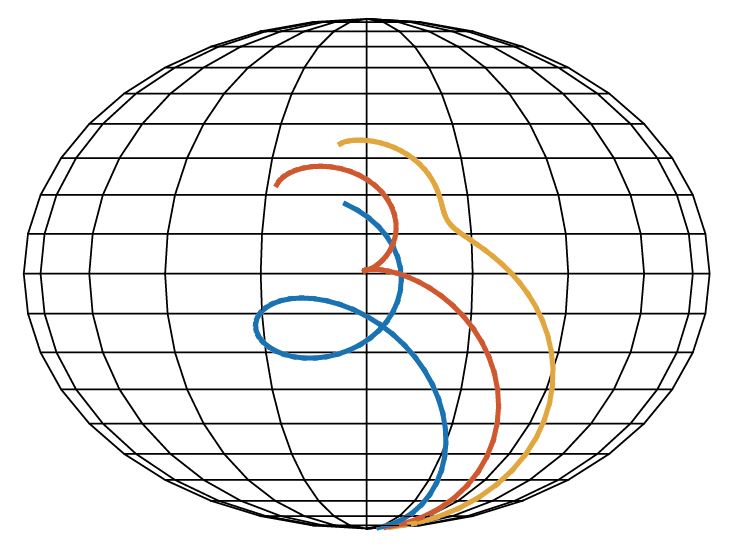 Robust control with detuned chirped pulse. For related publication, please click here |
EVE: Ultrafast single-atom qubit control
One of the most important challenges in developing quantum computers is the decoherence, or the limited coherence time. The idea of quantum error correction and the concept of a logical qubit were introduced to overcome the decoherence; however, it has not yet experimentally realized since it requires the ability to control entanglement among several qubits. As an alternative approach to the decoherence problem, we utilize ultrafast laser pulses for qubit operation in an extremely short time scale, the sub-picosecond timescale. Our new EVE chamber, being assembled to combine our research experience on reconfiguable atom lattices and ultrafast pulse shaping, is expected to serve as a good test bed for ultrafast operation of atomic qubits.
Other setups

